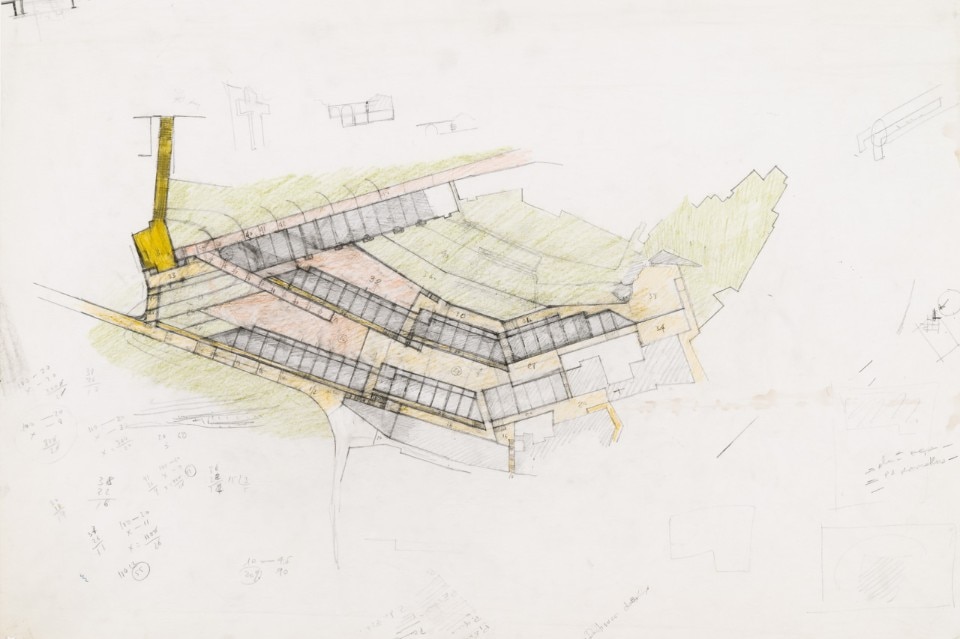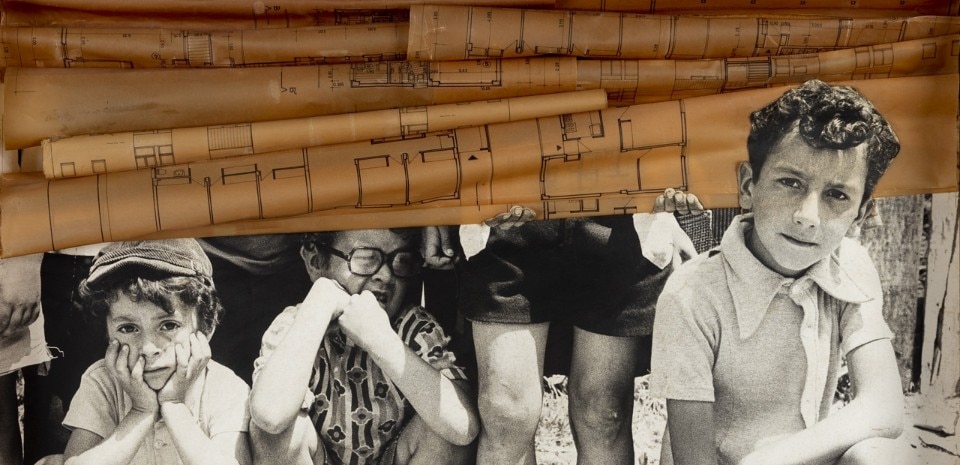
Forty years after its existence, SAAL remains relevant for expanding the social and political role of the architect, for addressing housing on the scale of the neighbourhood, and for inviting the participation of the buildings’ occupants at the beginning of the process. Architects such as Gonçalo Byrne, Artur Rosa, Álvaro Siza, Fernando Távora and Manuel Vicente played a crucial role in dialogue with the population, developing new models for social housing that reconsidered the status of underprivileged neighbourhoods in the urban areas of Lisbon, Setúbal and Porto. Their work gained international attention at the time and had a deep impact on subsequent projects throughout Europe.
“The SAAL Process” is curated by Delfim Sardo and is organized by the Serralves Museum of Contemporary Art, Porto, in collaboration with the CCA. The exhibition presents ten specific projects through architectural plans and models, archival documents, recordings and films, as well as contemporary photographs by André Cepeda, José Pedro Cortes, and Daniel Malhão.

May 12 – October 4, 2015
The SAAL Process: Housing in Portugal 1974–76
curated by Delfim Sardo
organized by the Serralves Museum of Contemporary Art
in collaboration with the CCA
Canadian Centre for Architecture
1920, rue Baile, Montréal, Québec









